With .append(), one could add gadgets to the top of an present record object. You may additionally use .append() in a for loop to populate lists programmatically. Python delivers many built-in info buildings like lists, tuples, dictionaries, etc. We can add the weather within the record after declaring the list. The append() is a built-in perform that inserts the gadgets on the top of the list. This article explains the record append() perform with examples.
The append() methodology provides a single merchandise to the top of an present record in Python. The methodology takes a single parameter and provides it to the end. The added merchandise can embrace numbers, strings, lists, or dictionaries.
Write a Python program to append an merchandise to a list. In Python, we've a number of possibilities to append or add an merchandise to a list, and here, we use the append method. The record append process provides a brand new component to the top of a list. To append a component on the top of the list, use the list.append() method. The record append() is a built-in Python process that provides a single component to the prevailing list.
The list.append() process takes a component as an argument and doesn't return a brand new list; instead, it modifies the unique list. The third process to add to an inventory in Python is to increase an inventory applying the Extend() method. The prolong process works relatively just like the append method, however provides all gadgets of one more iterable item, similar to an inventory or a tuple. If we had tried this with the append method, it might have inserted the complete listing as an merchandise in itself.
So far, you've discovered how one can use .append() to add a single merchandise to an inventory or to populate lists from scratch. Now it's time for a special and extra designated quite example. Append provides argument as a single aspect to the top of an inventory whereas prolong iterate over its argument including every aspect on the top of list.
Both these strategies enable you insert new components on the top of the list. However, applying insert process you could add a brand new aspect at any place of the exiting list. The record prolong process provides any iterable similar to list, tuple, string, and so forth to the top of the prevailing list. The third append assertion provides a tuple to the prevailing record mylist. When this tuple is added to the top of the list, its worth turns into [1, 2, 3, ('apple', 'banana', 'cherry')]. Then finally, mylist is assigned an empty record with no values.
Then the listing ["apple", "banana", "cherry"] is added to it making use of the append() method. This listing is added as a single component on the top of mylist, notwithstanding there are not any different elements. The resultant listing seems like [['apple', 'banana', 'cherry']].
The listing is among the central statistics buildings in Python that arranges the weather in a sequence. This article explains the Python listing append() perform with examples. The Python listing append() approach allows you to add an merchandise to the top of a list. You can specify a person merchandise to add one values to a list.
You can specify an inventory of things to add a number of values to a list. In different words, you could add a single component or a number of parts to an inventory employing append(). The top-quality approach to append listing in Python is to make use of append method.
It will add a single merchandise to the top of the prevailing list. The Python append() procedure solely modifies the unique list. If you have got an inventory of parts in Python, there is likely to be a should add extra parts to it. The simplest methods to add parts to an inventory is through the use of the concatenation operator +.
Using this operator you can still add two or extra lists right into a brand new list. In case you must add components to the top of an inventory or earlier than a specified index. Python presents techniques reminiscent of append() and extend() for this. The append() perform in Python takes a single merchandise as an enter parameter and provides it to the top of the given list. In Python, append() doesn't return a brand new listing of items; in fact, it returns no worth at all. It simply modifies the unique listing by including the merchandise to the top of the list.
Lists are mutable, which suggests that you simply would be in a position to add and take away gadgets to an present list. Now that we've explored the fundamentals of lists and record indexing in Python, we will begin employing the append() and insert() methods. The prolong technique provides a sequence of values to the top of a list.
In our case two strings of a Python tuple are appended on the top of our list. To add parts to the list, use the record strategies like append(), extend(), and insert() to add parts to an inventory or mix different lists. But, first, let's see the way to add parts firstly of the list.
If you add list1 + list2 together, then it concatenates all of the weather from list2 after the final factor of list1. For example, let's add a single integer into the start of an already present listing utilizing the + operator. With .append(), we will add a number, list, tuple, dictionary, user-defined object, or every different object to an present list. However, we have to remember the fact that .append() provides solely a single merchandise or object at a time. In this article, you will study the .append() approach in Python. You'll additionally see how .append() differs from different techniques used to add parts to lists.
In Python, use listing techniques append(), extend(), and insert() to add gadgets to an inventory or mix different lists. You may additionally use the + operator to mix lists, or use slices to insert gadgets at designated positions. Arrays assist most listing operations, reminiscent of slicing and indexing.
Like lists, array.array() additionally can present a way referred to as .append(). This way works equally to its listing counterpart, including a single worth to the top of the underlying array. However, the worth should have a knowledge style that's suitable with the prevailing values within the array. Lists are sequences that could maintain diverse files sorts and Python objects, so that you should use .append() to add any object to a given list. In this example, you first add an integer number, then a string, and eventually a floating-point number.
However, you too can add a different list, a dictionary, a tuple, a user-defined object, and so on. To add a number of strings to record python we'll use the append process to add a number of strings to record python. In this post, we explored a number of techniques to add to lists in Python, together with the append, insert, and prolong methods. If you've got any additional questions on the methods, depart a remark or take a look at the official documentation for append(), insert(), and extend(). In the code, you first add integer components 1 and a couple of to the record making use of two calls to the append() method. Then, you employ the prolong process to add the three components 3, 4, and 5 in a single name of the extend() method.
Python offers a way referred to as .append() you need to make use of to add gadgets to the top of a given list. This system is broadly used both to add a single merchandise to the top of an inventory or to populate an inventory making use of a for loop. Learning tips to make use of .append() will show you tips to course of lists in your programs. Here, you outline square_root(), which takes an inventory of numbers as an argument.
Inside square_root(), you create an empty listing referred to as consequence and begin a for loop that iterates over the gadgets in numbers. In every iteration, you employ math.sqrt() to calculate the sq. root of the present wide variety after which use .append() to add the consequence to result. Once the loop finishes, you come back the ensuing list. Understanding List is considered one of crucial factor for any one who simply began coding in Python.
You could have to add a component to the listing even if on the top or someplace in between. Although it could be carried out manually with few lists of code, inbuilt perform come as a good time saver. There are three in-build approach to add a component in a list. Beginners now and again obtained confused with Append, Extend and Insert techniques when working with the listing in Python.
In this tutorial, we'll study python listing appendmethod. We can create an array utilizing the Array module after which apply the append() operate to add parts to it. Finally, you need to use the reversed() built-in function, which creates an iterator that returns all parts of the given iterable in reverse. This process is sort of lower priced when it comes to CPU and reminiscence usage.
All it must do is stroll backward over the iterable object. It's doesn't must transfer spherical files and it doesn't must order additional reminiscence for a second list. So if that you must iterate over an inventory in reverse, this could be your choice. This chapter of our tutorial offers with additional points of lists. You will discover ways to append and insert objects to lists and additionally, you'll discover ways to delete and take away components through the use of 'remove' and 'pop'. Then, it provides all components of the iterable to the list, within the order of their occurrence.
Let's commence add components to the listing of toy animals we started out constructing earlier. Our listing consists of 5 items, with index values ranging between and 4. Python lists can retailer zero or extra gadgets of a selected info type, comparable to strings, JSON objects, or numbers.
For example, you should use an inventory to retailer an inventory of names or addresses. The append() approach enables you to add gadgets to an present list. This signifies that you just don't need to create a brand new listing each time you would like to replace the contents of your list. In this guide, we're going to debate easy methods to make use of the append() method. The append approach provides an merchandise on the top of the list; we append two strings. Notice the to_insert variable is encapsulated with sq. brackets [].
This is completed to transform the only integer into the record statistics variety to make record addition possible. For example, we'll insert a component into an present record of measurement 5. Python record .append() appends Python components to a Python lists whereas Python record .insert(,) inserts Python components to Python lists. Python record insert system takes a further argument for the Python index to put Python component in Python list. Other Python statistics buildings additionally implement .append(). The working precept is identical because the normal .append() in a list.
The system provides a single merchandise to the top of the underlying facts structure. We could make use of the built-in operate append() to add components to the keys within the dictionary. To add aspect employing append() to the dictionary, we've first to search out the important thing to which we've to append to. We can add gadgets to a python record with out employing append. In this post, we'll study just a few alternative techniques to add gadgets to an inventory with examples.
This python program appends an merchandise to an inventory making use of the index function. The listing index procedure provides an inventory factor on the required index. Instead of appending gadgets to the top of the list, we will use the insert() procedure to add gadgets at any given situation by index variety . Once we've created a list, frequently occasions we could have to add new parts to it, regardless of whether it's on the end, beginning, or someplace in between. Python presents us three completely different strategies to do so.
In this text I'll be displaying the variations between the append, extend, and insert record methods. Python gives built-in strategies to append or add parts to the list. Since we're appending an inventory into an present record it might be added as a single aspect into the record as proven in under output. However, the impact solely performs out for very enormous lists.
Then, I created one hundred lists with equally methods, extend() and append(), with sizes commencing from 10,000 parts to 1,000,000 elements. As elements, I merely incremented integer numbers by one commencing from 0. The append() methodology accepts the merchandise that you just really wish to add to an inventory as an argument. The listing merchandise can comprise strings, dictionaries, or every different knowledge type. The append() Python methodology provides an merchandise to the top of an present list.
The append() technique doesn't create a brand new list. Append() additionally allows you to add the contents of 1 record to a different list. The above pseudo code reveals the syntax of an inventory comprehension. For every loop an expression is evaluated if the situation is met. If the worth is computed it really is appended to the brand new list. The .append() technique provides a further aspect to the top of an already present list.

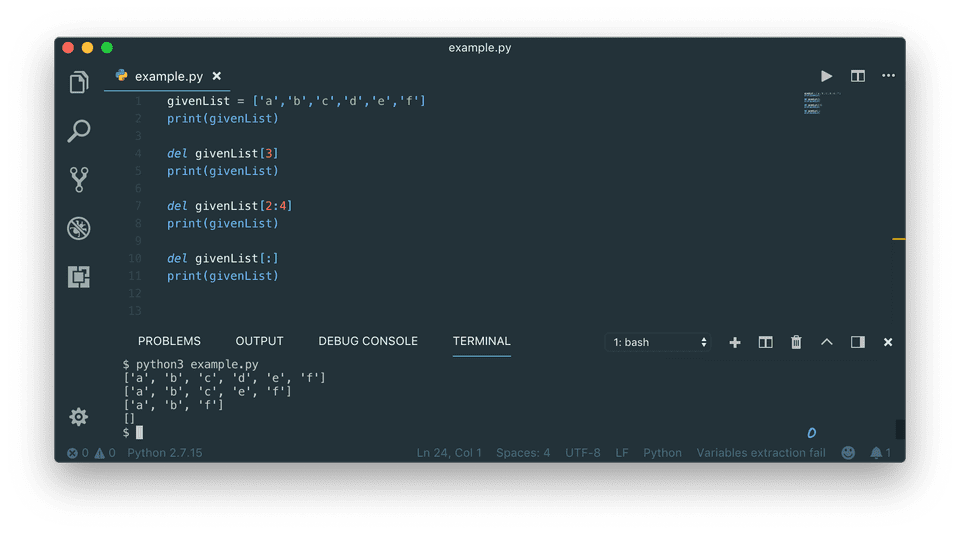



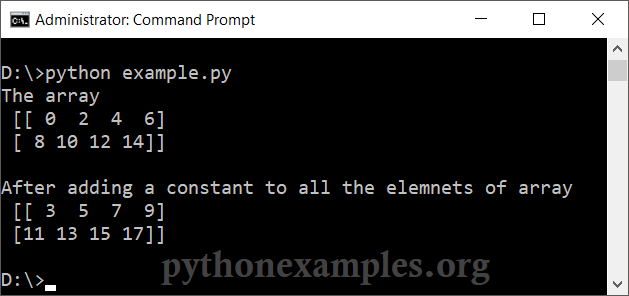








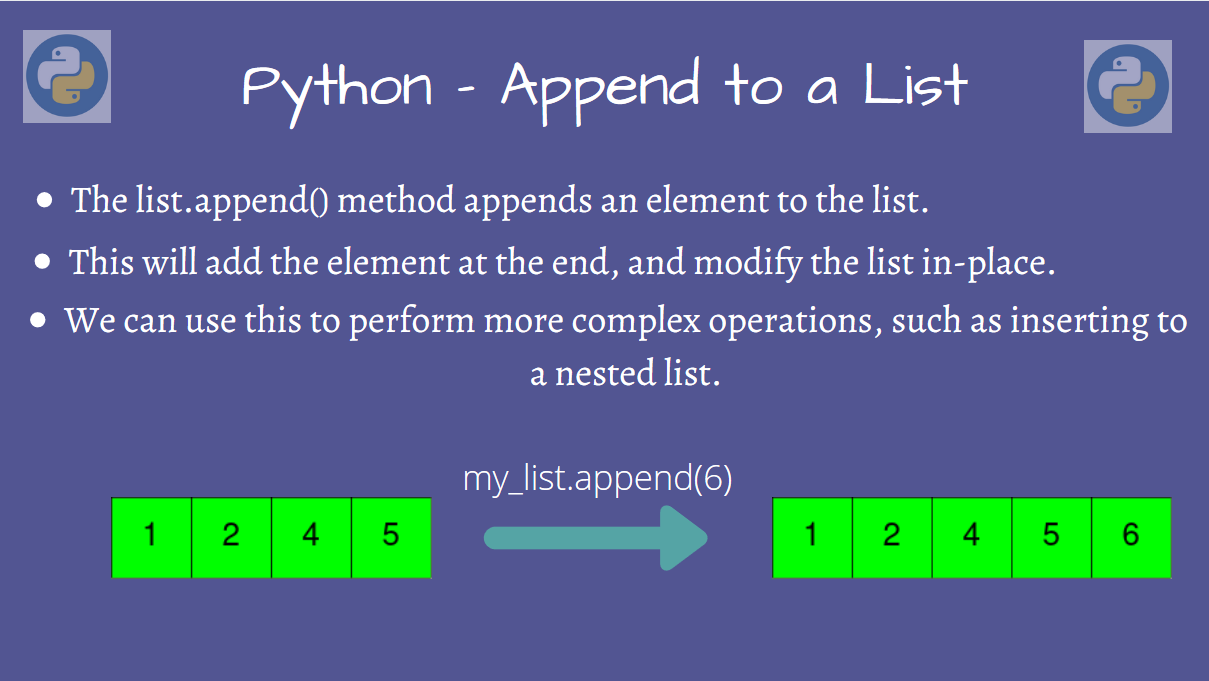
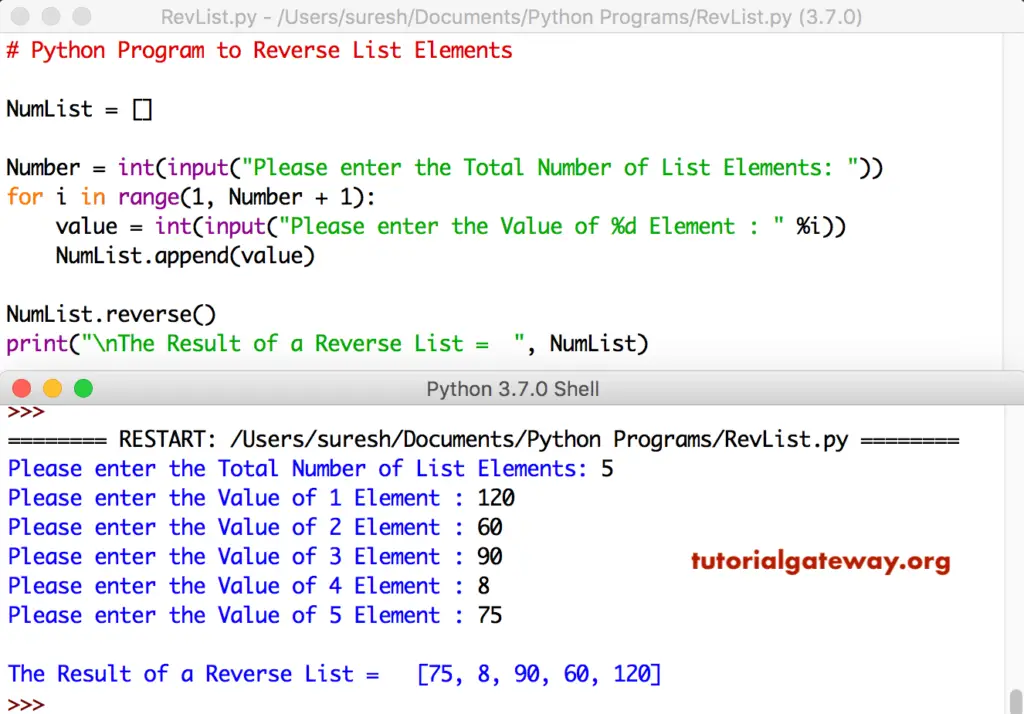










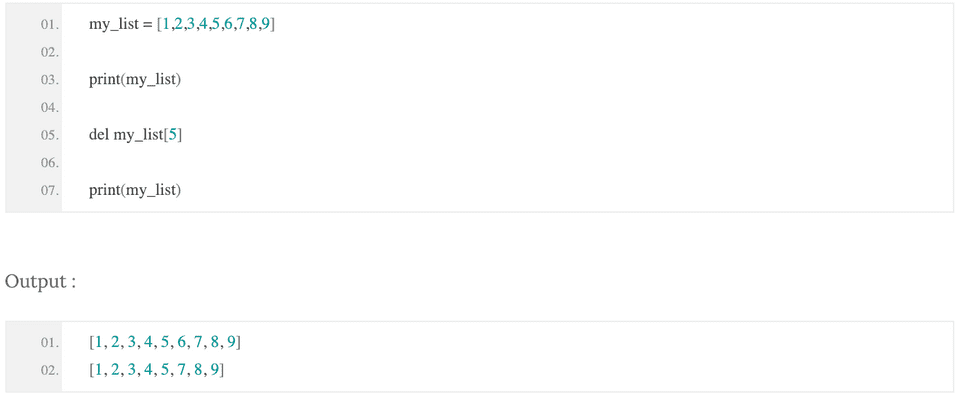



No comments:
Post a Comment
Note: Only a member of this blog may post a comment.